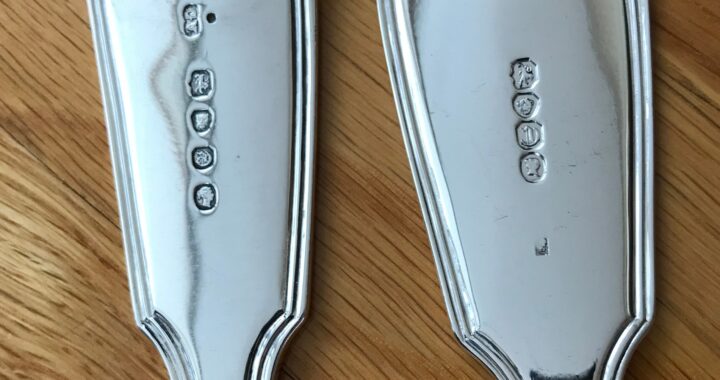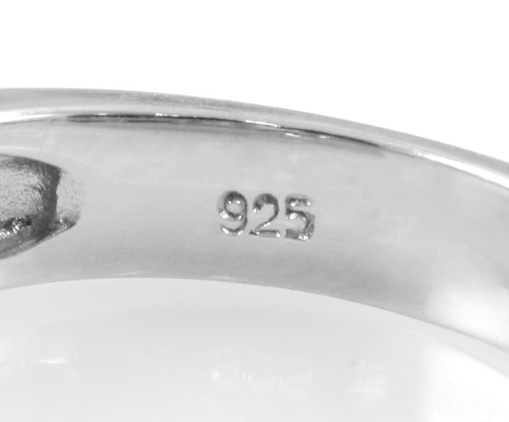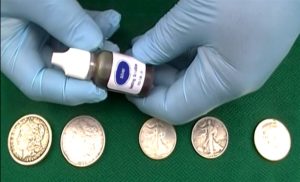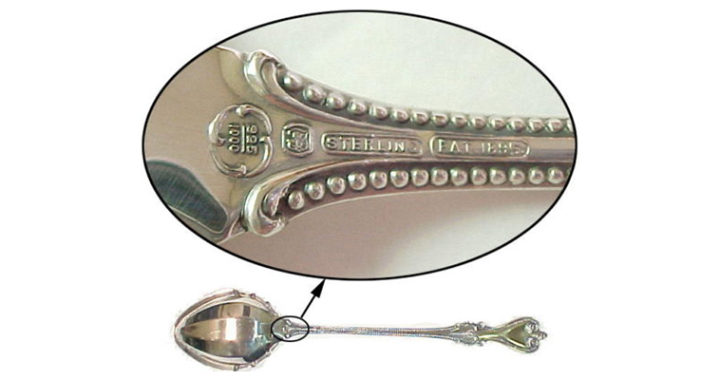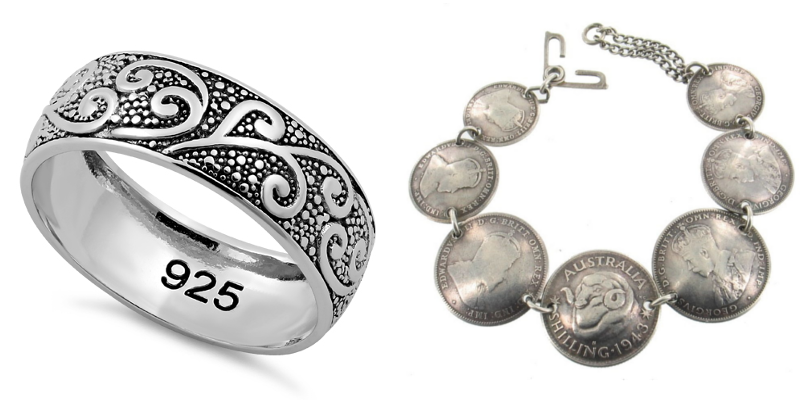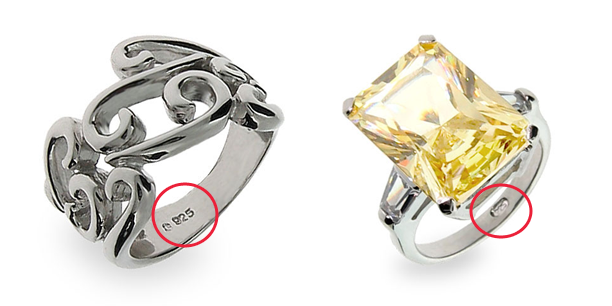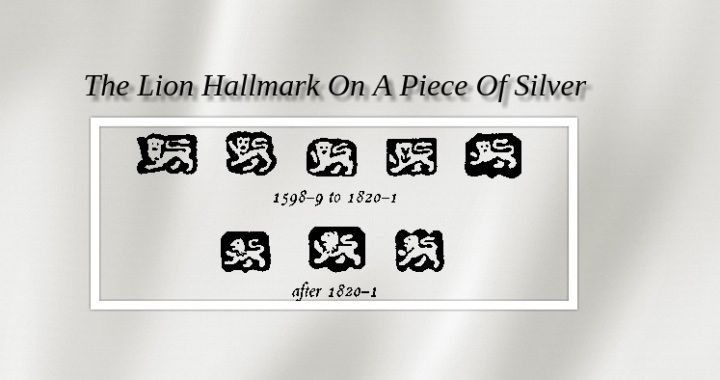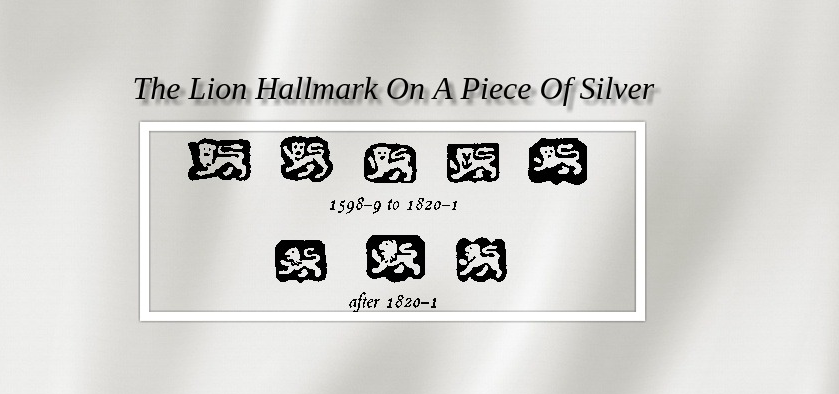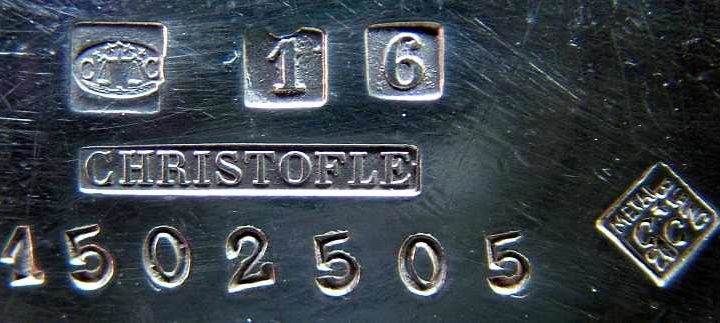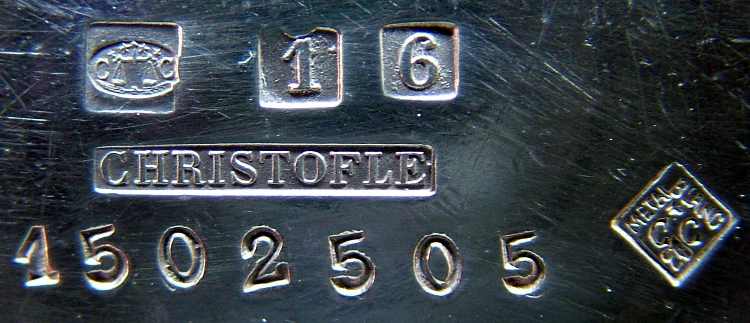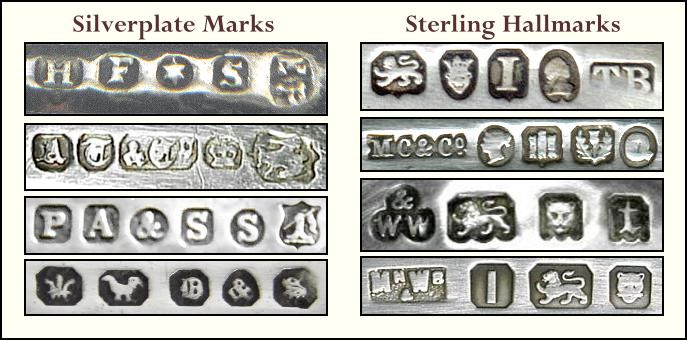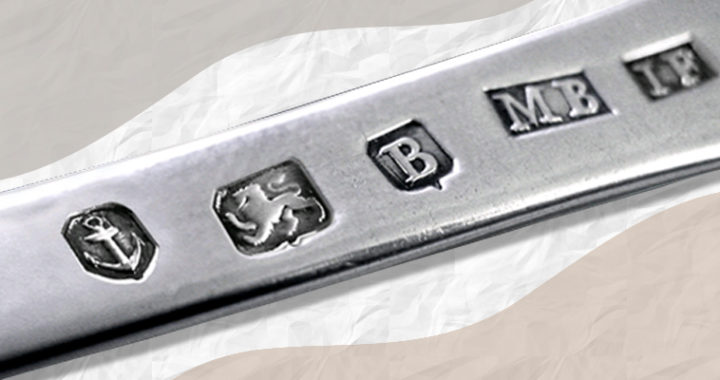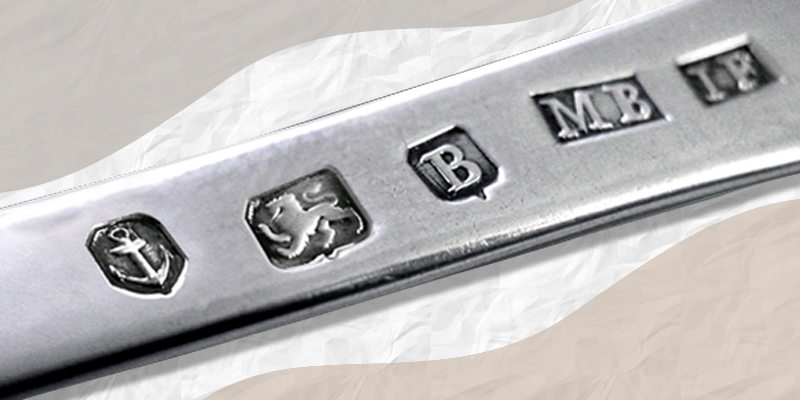Fine silver, both antique and modern, is truly a work of art. Crafted to be durable and beautiful, it is designed by silversmiths to stand the test of time. It has often been handed down through generations of family members. It is used for special occasions and becomes imprinted with the memories of holidays and time with family and friends. Along with sentimental value, it also holds real value that is based on factors such as the quality of the silver and the identity of the silversmith who manufactured the silverware.
If you are in possession of fine silverware, you may be wondering about its value. If you are interested in selling the silverware, the first step is to determine its value. While wondering what the silverware is worth, you may have looked at it and noticed that it has silver marking symbols on it and wondered what they are and what they mean. These silver stamp symbols tell a story and you can learn to read them. In this article. We will give you some DIY tips for deciphering the marks on silverware.
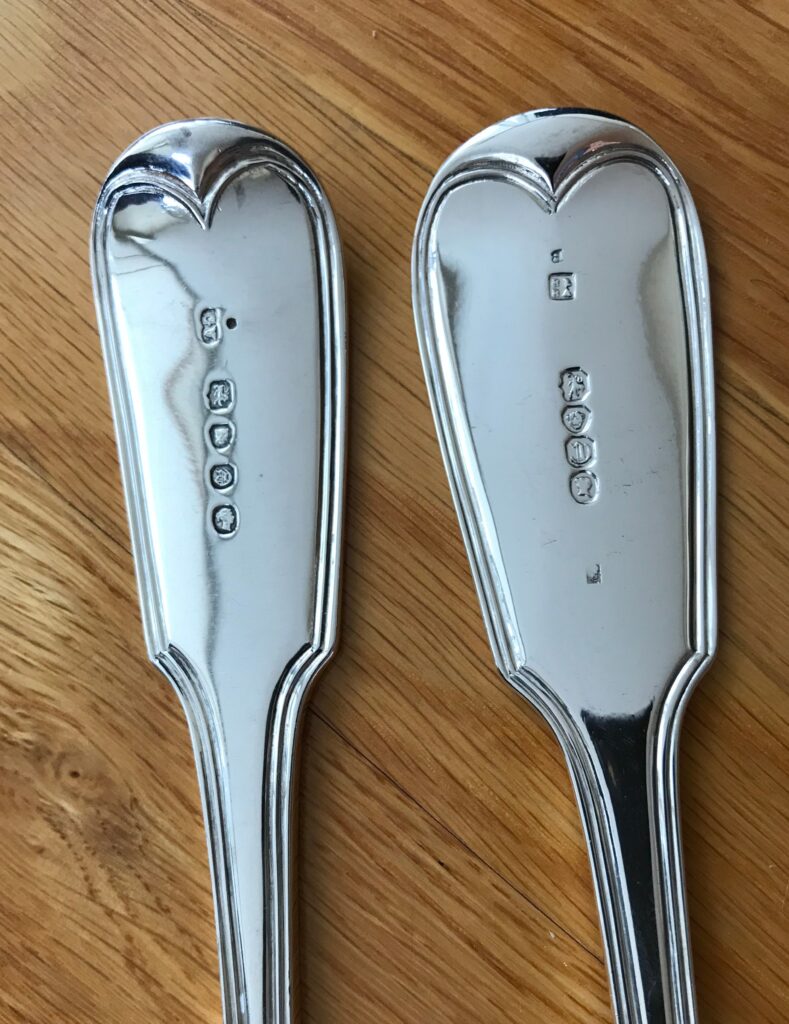
Silver marking symbols: sterling silver quality
The first thing you should know about Sterling silver it is alloy. An alloy is a mixture of different metals. In the case of Sterling silver, it has a base of silver, usually around 92.5% silver. Then the remaining 7.5% of the Sterling silver can be a combination of other metals. Silver marking symbols contain a number that tells you the purity of the silver. Sterling silver is 92.5% silver so the marking will be 925. This will be an indication that it is genuine sterling silver.
Silver hallmark symbols: where the silverware comes from
While knowing the purity of the silver helps determine if it is sterling silver, there are a number of other factors that determine the value of silverware. One of the most important factors is the maker. Silversmiths always place their silver marking symbol on their fine silver as a way show the maker. This means that you can learn to read silver stamp symbols you see on silverware and know who made it.
To begin with, silversmiths and silver companies typically include their names or initials in their silver symbols. For example, one of the most famous silversmiths in history is Paul Revere. He marked some of the silverware he made with his initials- PR. Tiffany & Co is part of the silver hallmark symbols for the famous company. With a name right there, you can do some research and get more information about the silversmith.
Lions and tigers and bears, oh my: unique silver marks
Names are not the only silver stamp symbols that tell you who made your silverware. Silversmiths often engrave symbols to show that they made a piece of flatware. For example, the company Reed & Barton uses a symbol of an eagle over a globe above their name. The German silversmith Berndorf Metalwork Factory (BMF) uses a bear. One very useful tool for identifying a symbol is the Online Encyclopedia of Silver Marks, Hallmarks, and Maker’s Marks, found at www.925-1000.com.
It should also be noted that these silver marks can be indication of when your silverware is made. This also can affect the value of the silverware. Sometime you might find a year and sometimes a symbol might indicate the year a piece was made. For example, Reed & Barton used an hourglass silver mark in 1953. If you see that next to the name then you know the year it was made. If you have silverware that you would like help identifying and selling, contact us today at antiquesilver.org.

